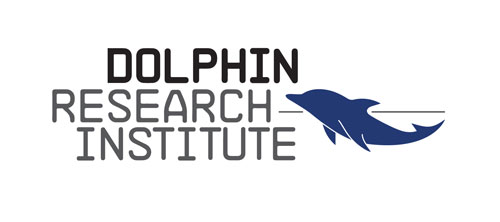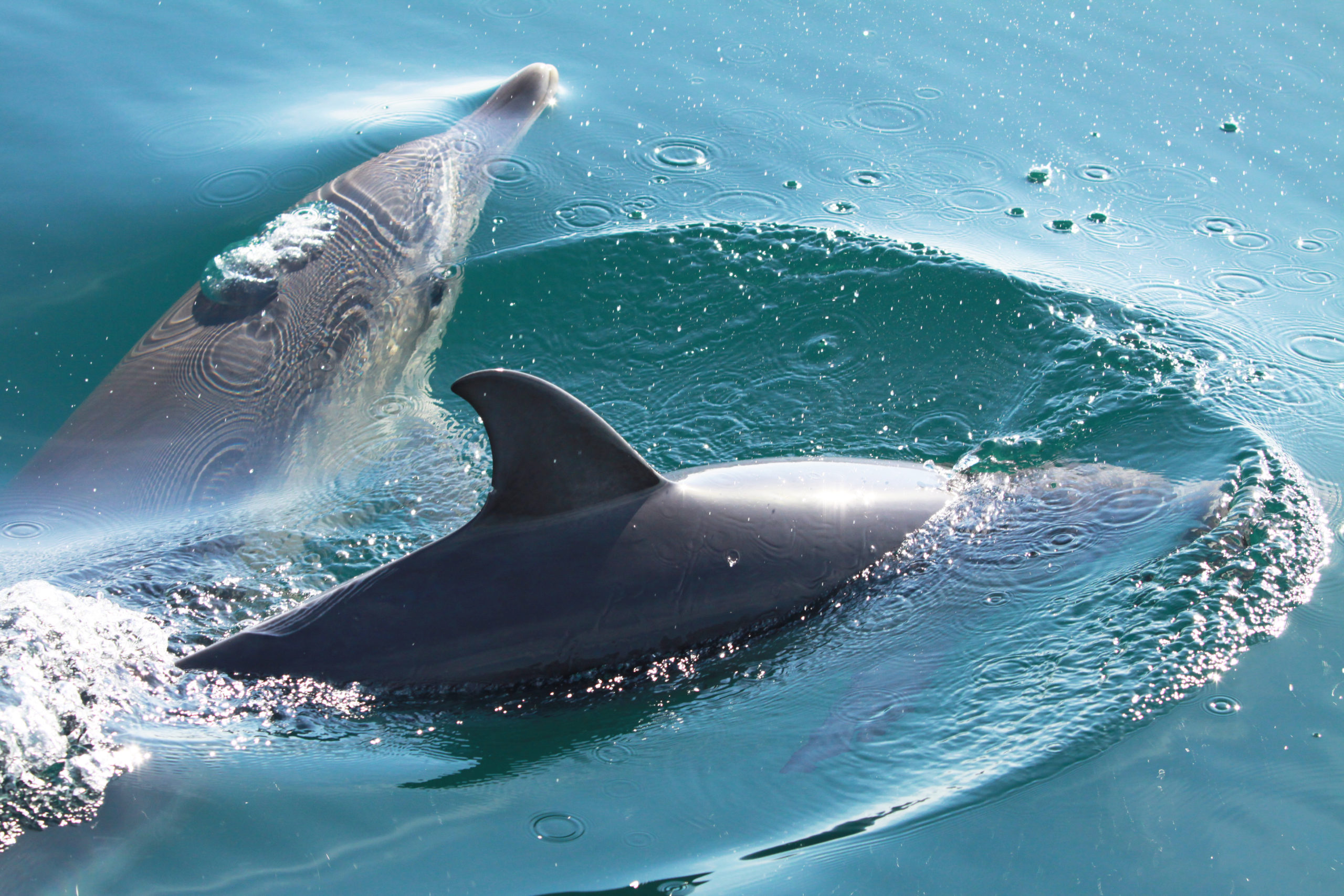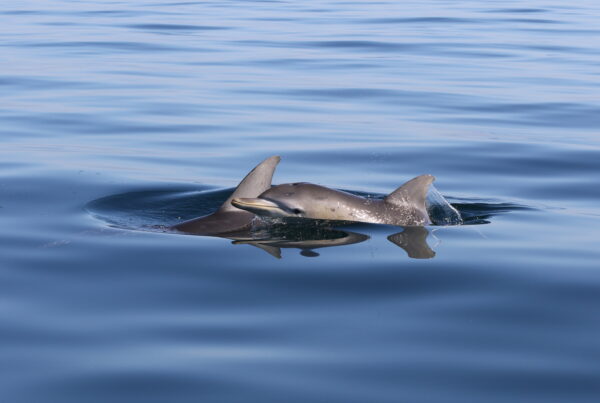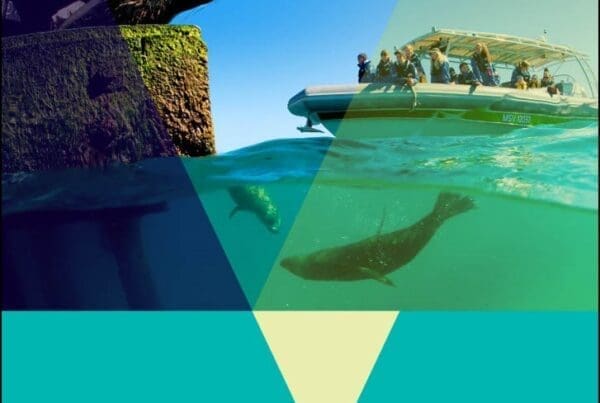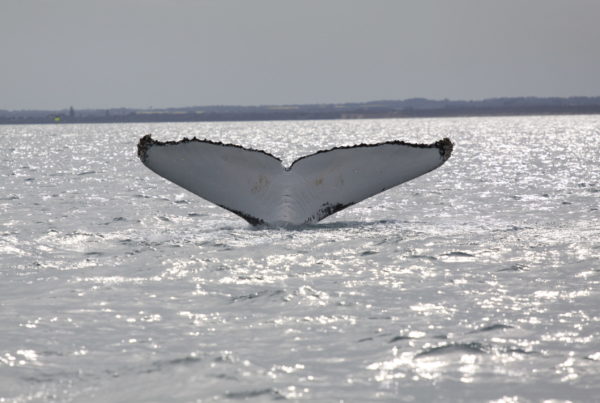Momentum is picking up with our Dolphin Health Project – part of the National Whale and Dolphin Protection Plan.
From the outset we wanted to make sure that this project produces long-term outcomes that last beyond the three years of active work.
Consequently, we have included components such as a citizen science program, a National Network of Experts, a “methodological toolbox” for monitoring dolphin health, and an on-going social marketing program to reduce human impacts on dolphins.
During the first half of 2015 we will continue the historical analysis of almost 50,000 images of our dolphins to build up a picture of the presence, intensity and progression of skin lesions on our dolphins over the last two decades.
We will also develop the National Expert Network, develop new survey methods for Port Phillip and will work on the social marketing we have already begun so that it has more of a national focus.
We are committed to the project delivering lasting benefits for monitoring and responding to dolphin health issues in Australia. We will keep you informed with regular updates.
This project is supported by the Dolphin Research Institute through funding from the Australian Government’s National Landcare Programme.
March, 2015
